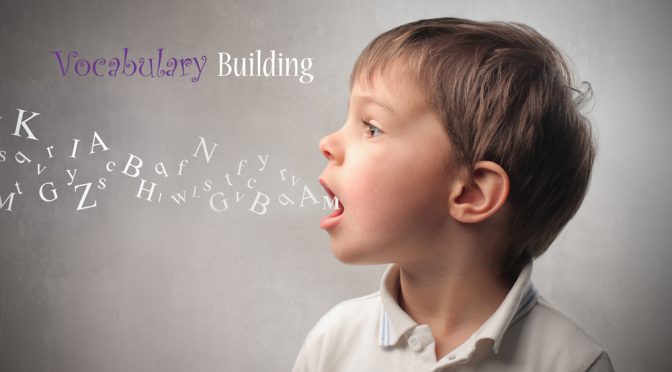Dyslexia refers to a reading difficulty, which does not spring from neurological, sensory or intellectual problems in the child. The child develops an impaired phonological representation for words. There are many ways in which parents and teachers of such children can help them regain their confidence and improve their reading and comprehension skills. Let’s take a look:
- Read Aloud- Reading out loud to a dyslexic child can have a profound effect on his decoding and comprehension capabilities. It can motivate the child to delve deeper into bigger books in contrast with the smaller ones he struggles to read. This will inevitably boost his confidence.
- Support- When parents and teachers join hands to help a child, deep down the child develops the zeal to fight on. It is important to highlight positives in the child and at the same time be very open about where he stands academically and what sort of help he will need. This creates a team spirit and in turn motivates the child, as he does not feel alone at all.
- Slow Reading- Dyslexics should not be pressurized to read as fast as other kids. More important than the speed is the accuracy with which they read. Teach him strategies like memorizing what he has read and focus on his talents too. This way he will be able to navigate the world better as an adult.
- Baby Steps- It is very important to go at a pace that feels comfortable for your child. Small tiny steps in the right direction go a long way. There is a plethora of simple activities that can boost your child’s language and reading skills. You can sit with your child as he reads out aloud and help with difficult words. Bedtime reading is a good way to incorporate this.
- Acceptance- Dyslexia is not a learning disorder that a child will outgrow. Reassure your child that it is in no way going to affect your child success and reading abilities later in life. Teach him how to go about dyslexia by first accepting the issue, and then not hesitating to ask for help as and when needed.
Expose your child to various resources such as reading tools that can help to boost his confidence at learning and being successful.









